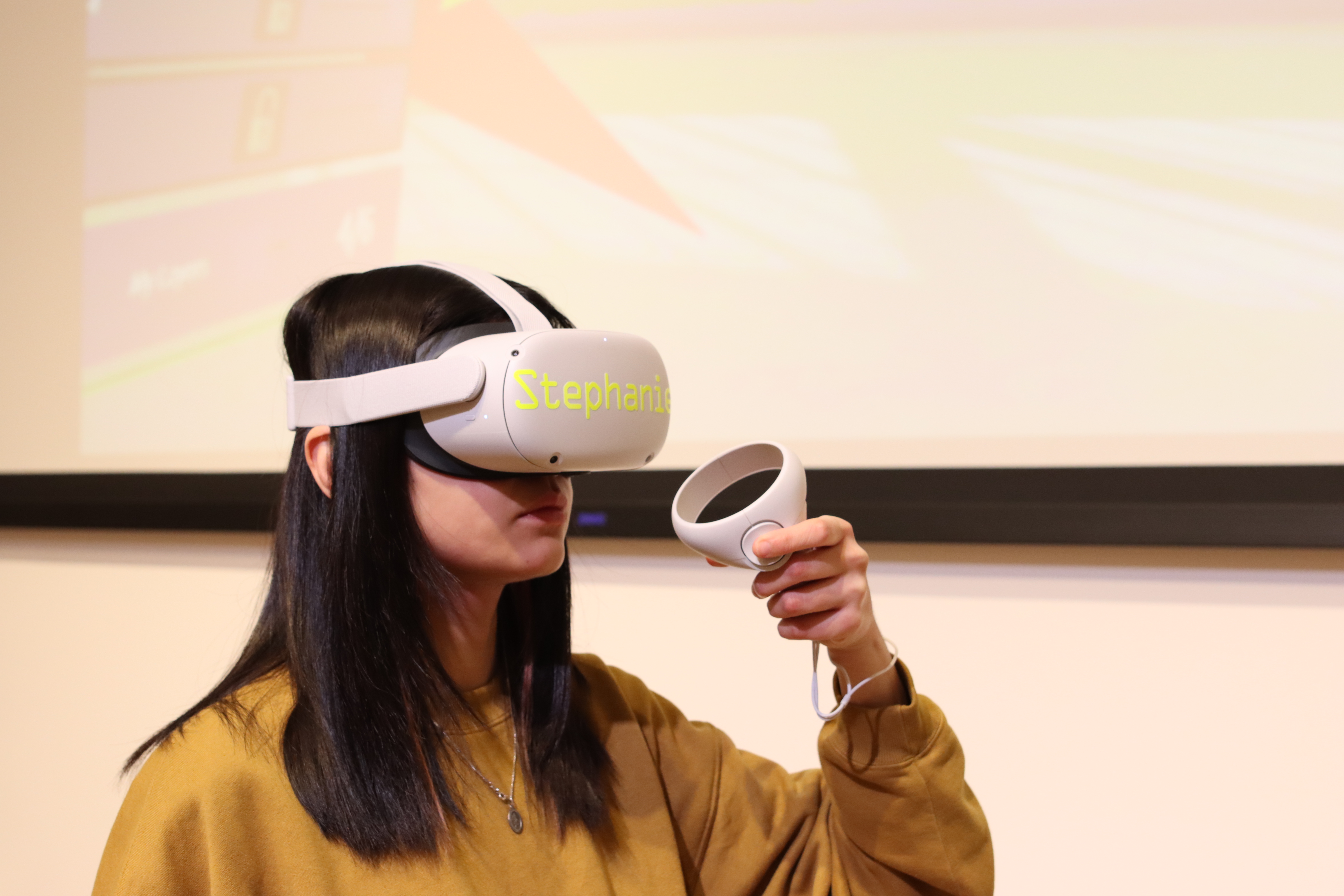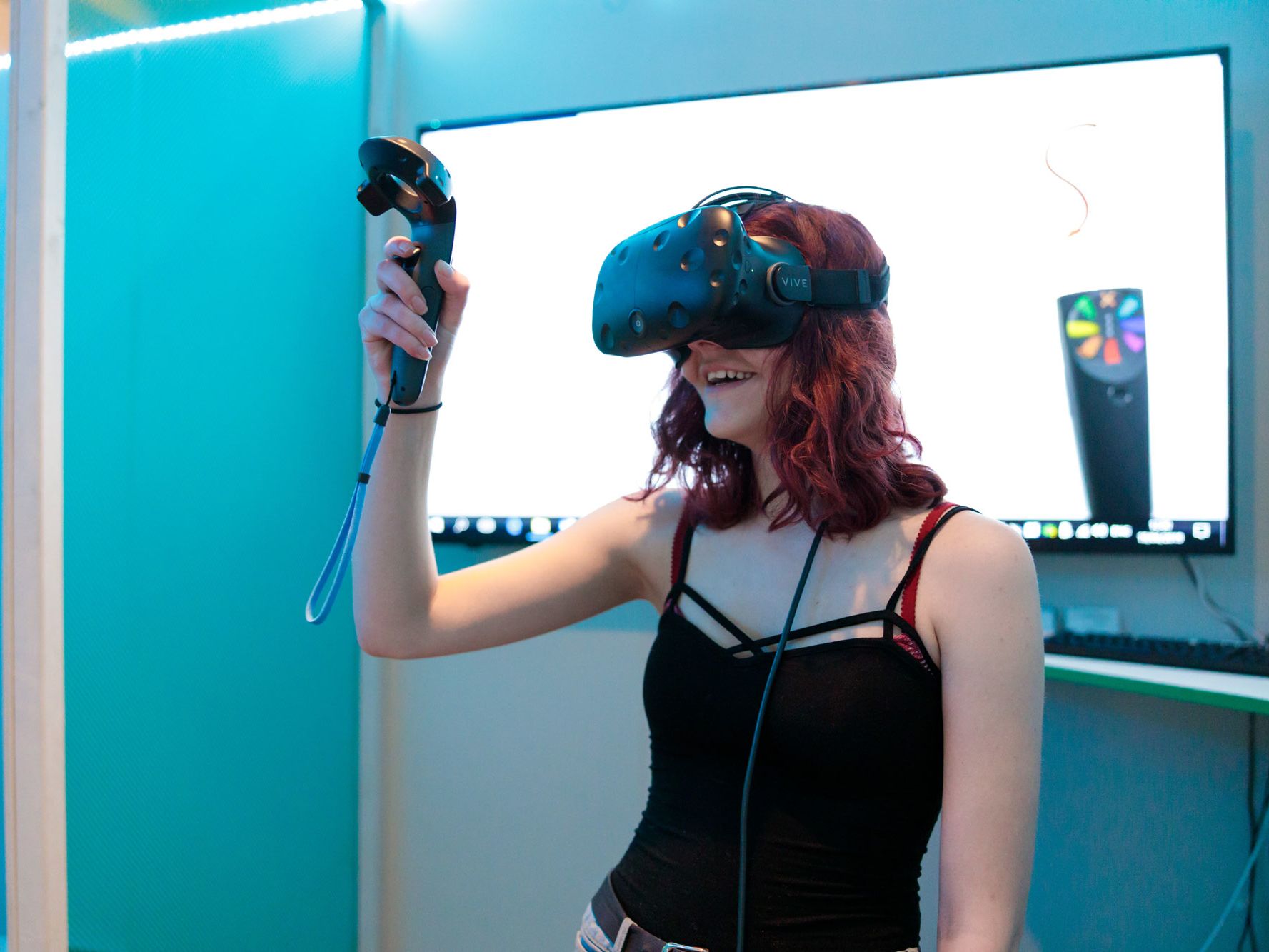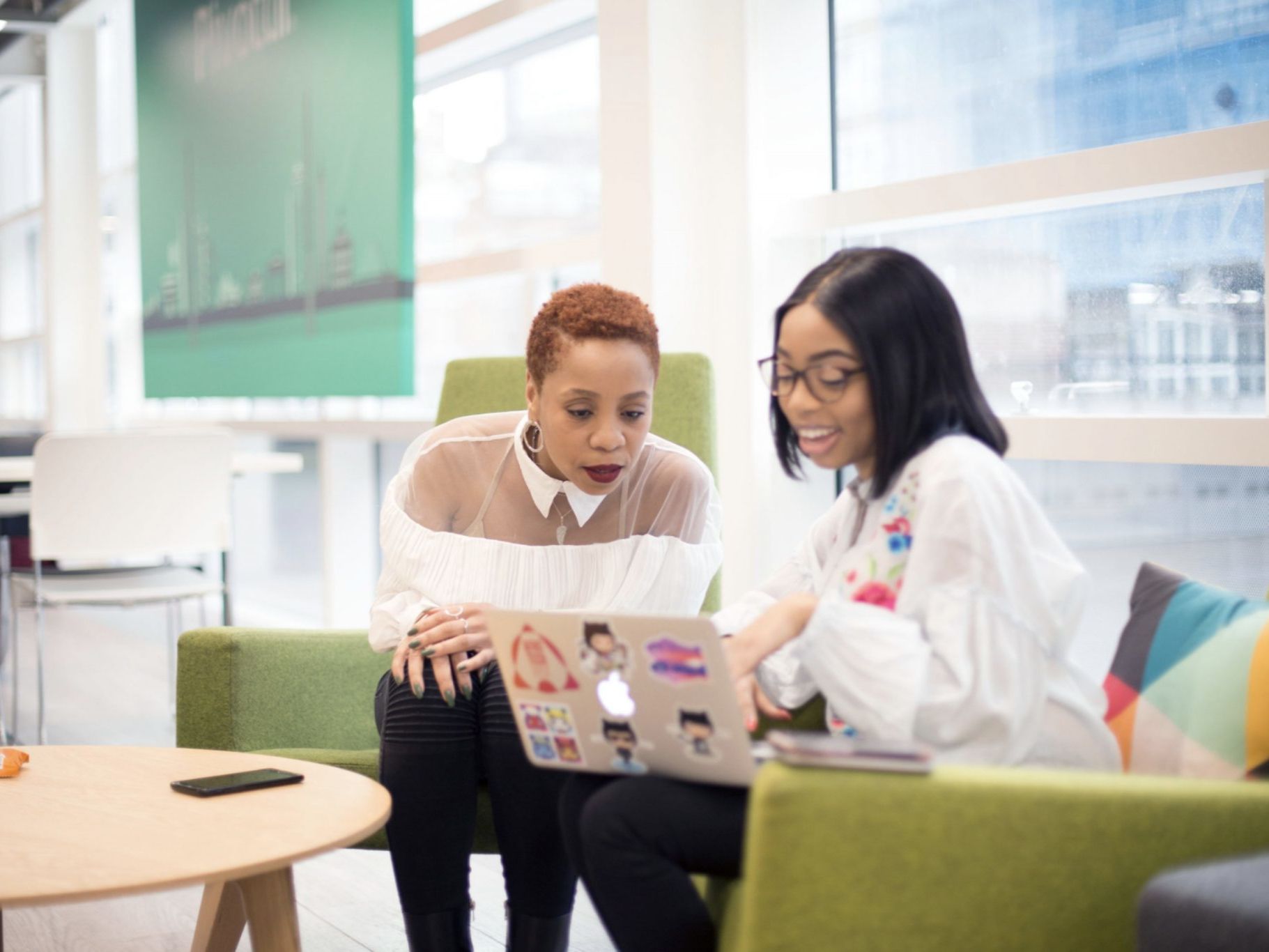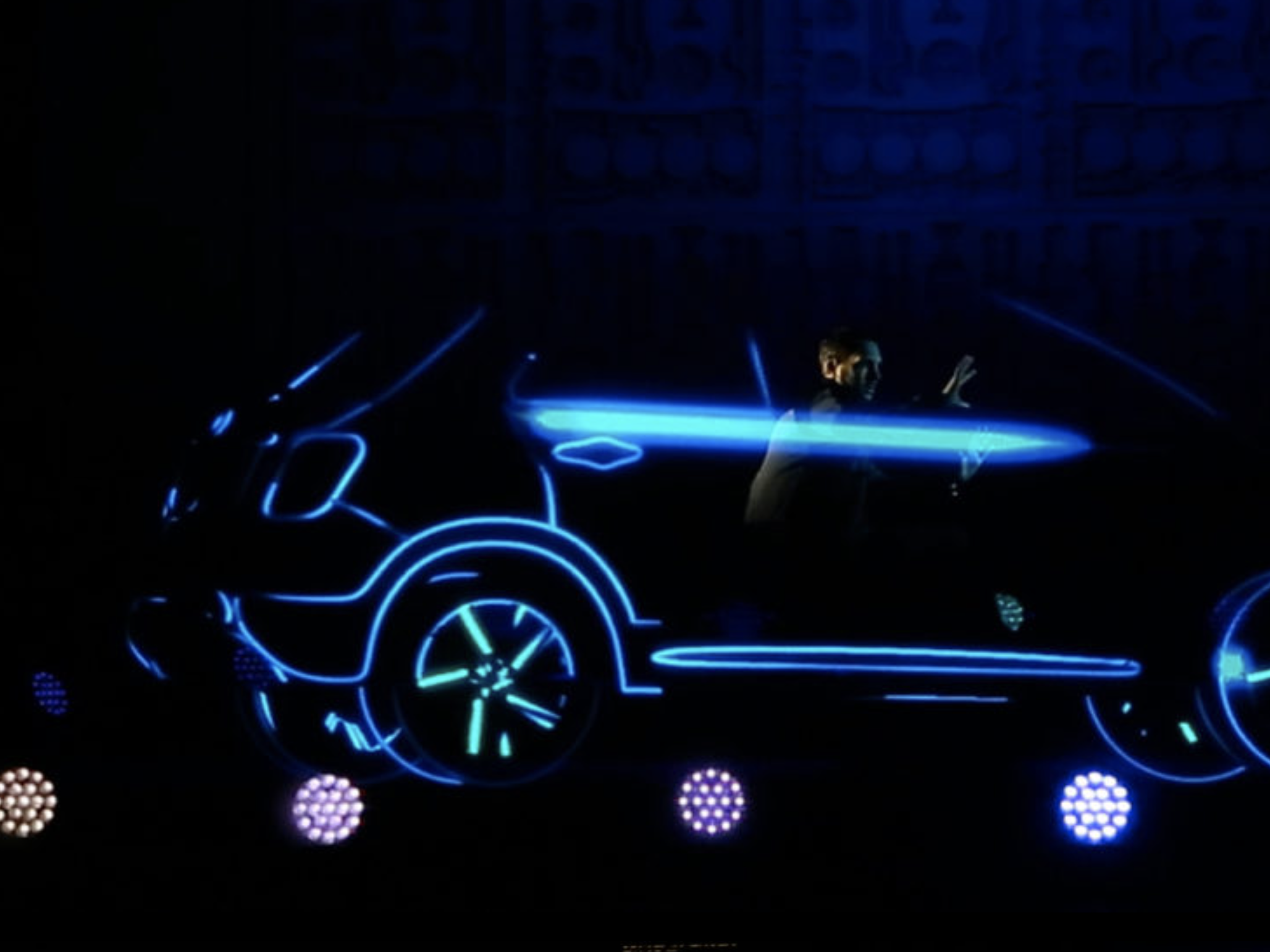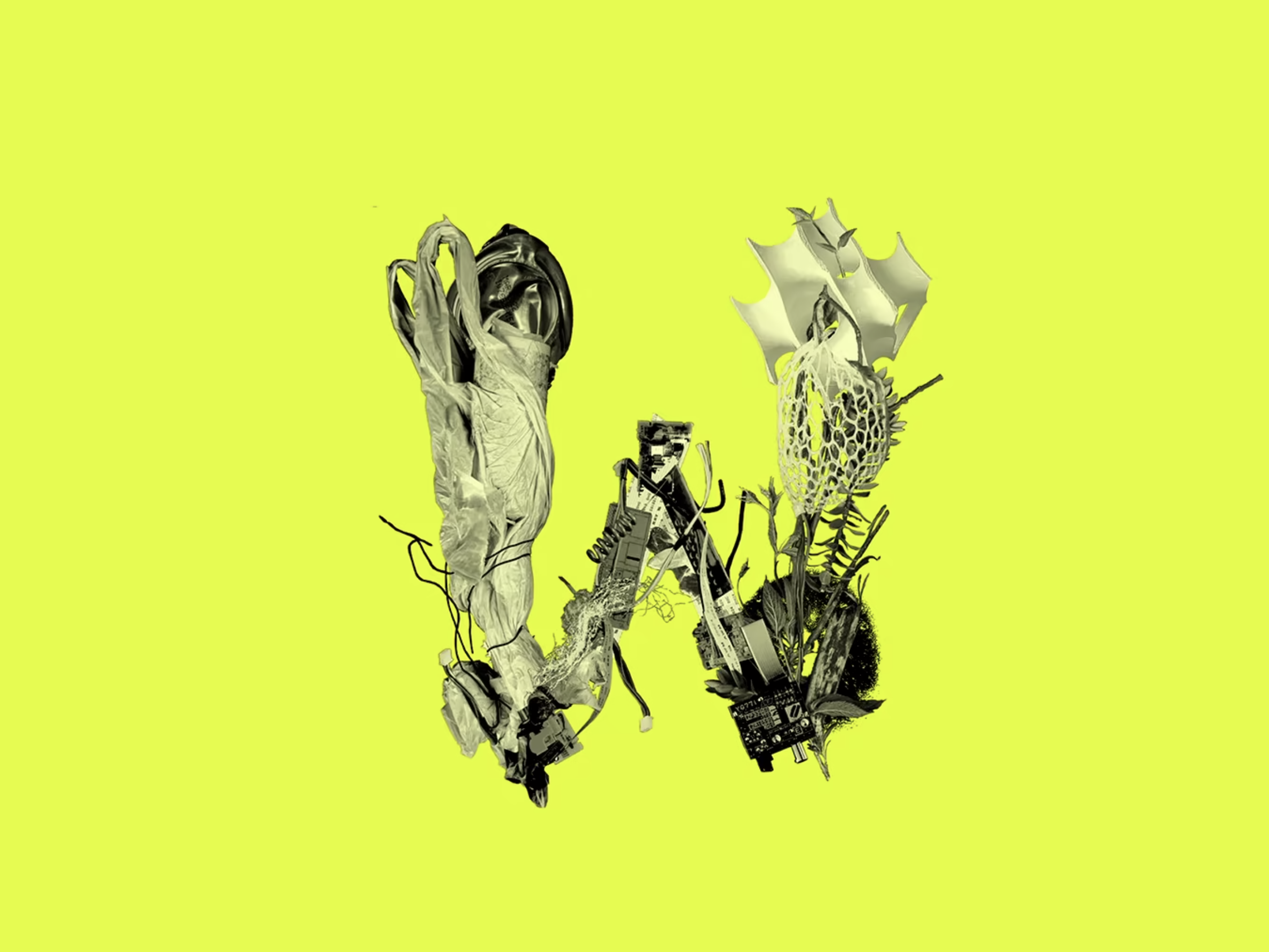Can immersive technologies become a viable solution to teach creative disciplines remotely? And how can we make sure the use of this technology is accessible for all students and staff equally?
University of the Arts London (UAL) will be exploring the use of Extended Reality (XR) in arts education as part of Accelerate, an Erasmus+ Strategic Partnership led by Bath Spa University in collaboration with Institute of Art, Design and Technology in Ireland, SWPS University of Social Sciences and Humanities in Poland, and Sumy State University and Chernivtsi National University in Ukraine.
The project is part of Partnerships for Digital Education Readiness, a funded programme launched by the European Commission for initiatives responding to the digital challenges raised by the Covid-19 pandemic. UAL’s involvement is underpinned by years of R&D and practice on emerging technologies carried out across Camberwell, Chelsea and Wimbledon Colleges of Arts and the Creative Computing Institute (CCI).
The UAL team working on Accelerate will be jointly led by Chris Follows, Emerging Technologies Manager, and Mick Grierson, Professor and Research Leader at CCI. Academics from Performance and Illustration courses at Camberwell, Chelsea and Wimbledon will also play a key role in this project, exploring the boundaries of immersive tech and how they can be applied to teach creative disciplines.
We spoke with Chris Follows and Mick Grierson to learn more about the objectives of this European collaboration.
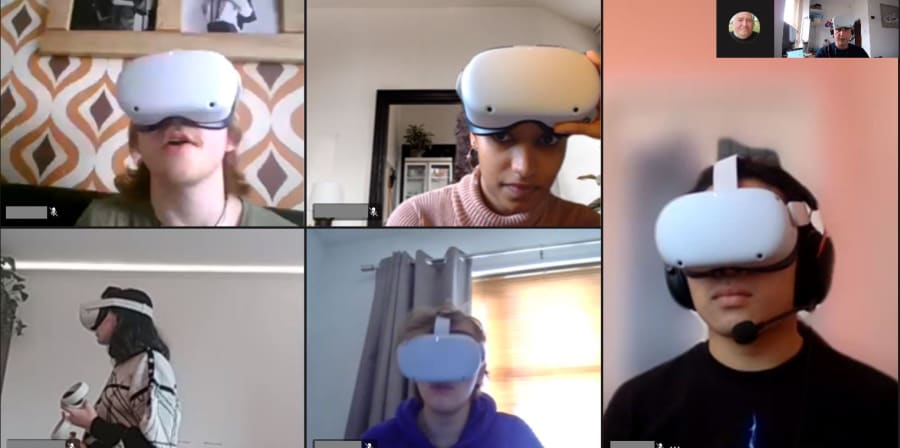
Hi Chris, what role will you and the UAL team play as part of this Erasmus+ partnership?
My role involves overseeing the delivery of the project across UAL. Mick Grierson and the team at CCI, including our newly appointed WebXR developer Josh Murr, are leading on the development of the primary output, a bespoke WebXR (3D web) platform and immersive learning ecosystem.
We see browser-based 3D tools and platforms as an accessible gateway to learn about the immersive web and VR, an to understand the potential opportunities of the metaverse.
Why do you think it's beneficial to explore the use of immersive tech for education in collaboration with other institutions?
As with any new technology, there are a lot of unknowns and questions to ask about why or how we should use this technology.
We recently held our first online immersive training session with the partners, which provided a great opportunity to start asking questions like ‘What do we mean by immersive?’ and ‘How is immersive relevant to your discipline?' Learning about the experiences of different institutions and how our partners approach their disciplines is super valuable — establishing new partnerships with other institutions we have not worked with before is always rewarding.
Mick, the work you do at CCI revolves around the use of new technologies and how they can be applied to the creative industries. What attracted you to be part of this project?
We've been building technologies for online collaboration as part of CCI's involvement in the Make Music and Art with Machine Intelligence (MIMIC) project, which we've tested through performances and events during the pandemic.
The Accelerate project provides us with an opportunity to improve and develop this technology to incorporate Virtual, Augmented and Mixed reality spaces that are more accessible, more usable and more collaborative, demonstrating ways for how we can continue to work together in the future.
Chris, what expert knowledge and skills will UAL bring into Accelerate?
Our plan is to learn from, build on and adapt the tools developed by CCI over the past couple of years to develop the immersive platform and ecosystem we're creating for Accelerate. Equally, the immersive tech R&D and experimentation happening across Chelsea, Camberwell and Wimbledon by staff and students will also contribute to our involvement in this project, and will inform future development and funding.
For example, in the past year we've led several exciting immersive performance projects, working with professional actors and screenwriters to explore immersive storytelling using Virtual Reality (VR). Also, over the past few months I've been working closely with lecturers and courses leaders from Camberwell's Illustration courses to explore the use of immersive tech in illustration practices, alongside students and professional illustrators.
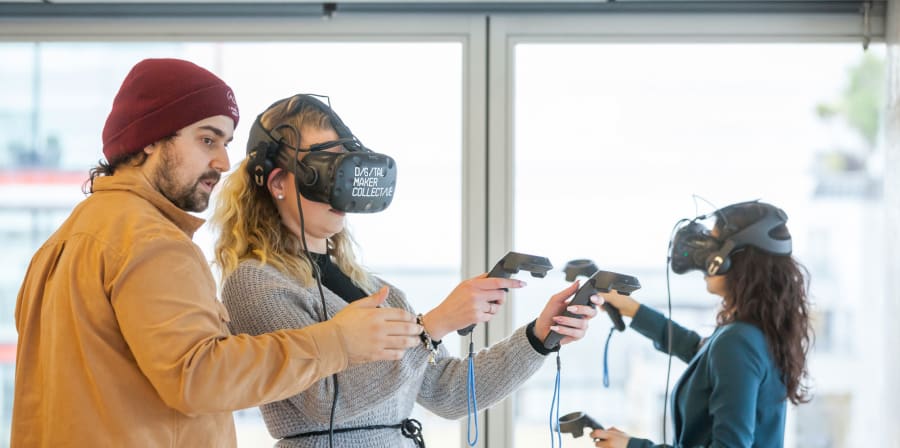
The pandemic has brought in a lot of challenges for the creative industries, but we’ve also seen entertainment companies, for example, exploring different ways of using immersive tech to their advantage. In your opinion, what are the main opportunities to apply digital innovation in arts and design education?
Mick: For art and design, and the creative industries generally, collaboration and interaction are core to the creative process. Learning how to continue working together remotely was one of the biggest challenges during the Covid-19 pandemic. However, these problems won't simply disappear post Covid either — the need to focus on achieving net zero will become more important to the way we work, and technologies, including collaborative virtual environments, could play a major role.
Chris: Long before the pandemic, we were seeing a lot of amazing immersive tech innovation across the arts sector. The pandemic has helped accelerate wider interest and adoption of all forms of immersive, from virtual events to collaboration and making. The project ‘Dream’ by The Royal Shakespeare Company (RSC) is a really great example of how audiences could experience live performance in the future through immersive storytelling and VR. However, the use of Extended Reality can be less obvious for other disciplines — in our case, the work we are doing with the Illustration courses at Camberwell will help us explore and question what immersive means for illustration practices.
Chris, the democratisation of XR technology is at the heart of Accelerate. How will the UAL team incorporate inclusive practices in this project?
Through Accelerate we want to demystify and simplify the entry level into immersive learning by developing WebXR tools and using the existing immersive ecosystems available to us. We'll use familiar digital devices and web browsers on PCs and mobiles as a gateway into understanding the 3D/Immersive web, which in turn can support a natural transition into fully immersive experiences.
Each project partner will identify a small cohort of Accessible Learning Student Ambassadors who will take part in focus groups during the evaluation process, testing the Immersive Ecosystem we will develop. For this, we’ve defined our core target areas which we will focus on, including disability, economic obstacles, educational difficulties, social obstacles, geographical obstacles and health problems.
- Find out more about Accelerate: Accessible Immersive Learning for Art and Design
- Explore our Knowledge Exchange projects and how we use creativity at UAL to create positive change
- We're open to collaborate with external partners. Get in touch with us to find how we can work together: business@arts.ac.uk
